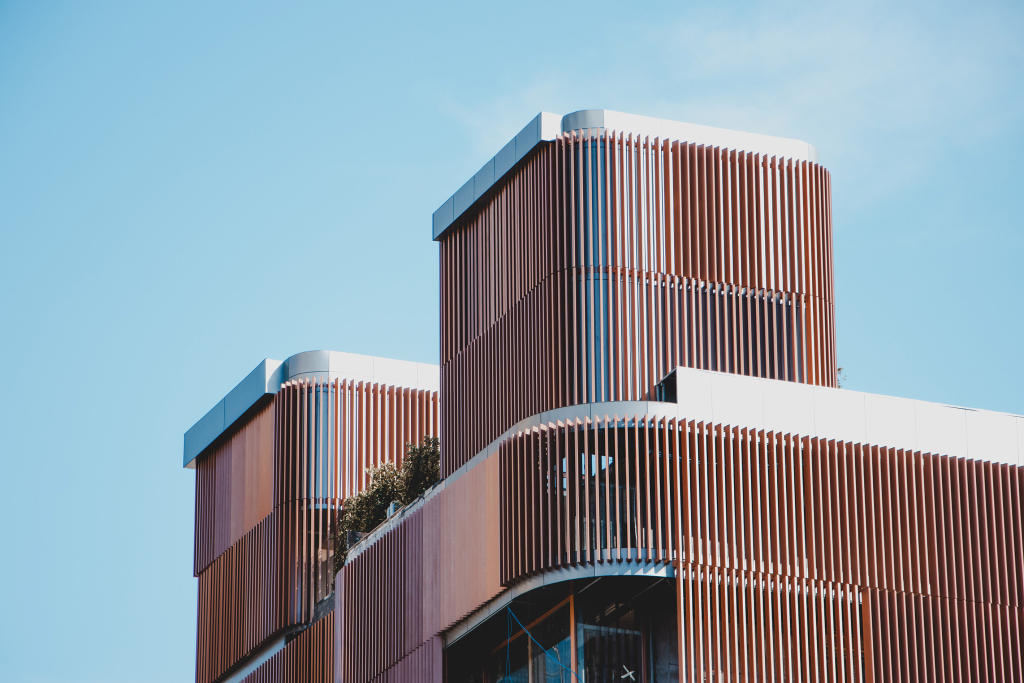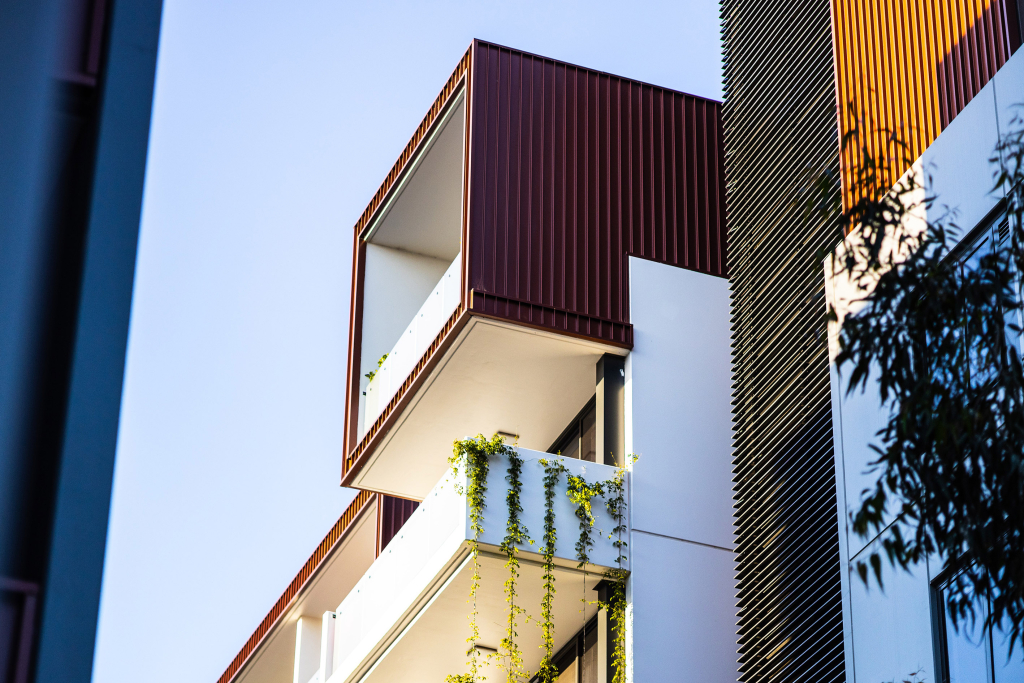
The world of architecture is an ever-evolving canvas, a reflection of our society’s changing needs and our commitment to innovation. As we step into 2024, the architectural landscape promises to be a tapestry of exciting trends, fuelled by sustainability, technology, and wellness. In this article, we unveil the top architectural design trends that are set to shape our built environment in the coming year.
Sustainability Takes Center Stage
Sustainability is more than a buzzword; it’s a guiding principle in architectural design for 2024. Architects are doubling down on creating eco-friendly, energy-efficient structures. Expect to see buildings adorned with solar panels, rainwater harvesting systems, and the creative use of recycled materials. As we navigate climate change, these sustainable practices become essential in reducing our carbon footprint.
Tech-Savvy Living: Smart Homes Lead the Way
The future of living is smart, and architects are embracing it wholeheartedly. In 2024, smart homes will become the norm. Think voice-activated assistants, automated lighting, and temperature control systems seamlessly integrated into architectural designs. These intelligent homes offer not only convenience but also enhance energy efficiency and security, transforming our living spaces into responsive, adaptable environments.
Net-Zero Energy Buildings: A Sustainable Focus
Architects are stepping up their game in the battle against climate change. Net-zero energy buildings are at the forefront of this effort. These homes aim to generate as much energy as they consume, a remarkable feat achieved through passive solar design, natural ventilation, and the utilization of renewable energy sources like solar panels and geothermal systems. By reducing our carbon footprint, we can build a more sustainable future.
Adaptive Reuse: Breathing New Life into Old Structures
Sustainability isn’t just about new construction; it’s about reimagining the old. Adaptive reuse is an eco-conscious approach that’s gaining momentum. Instead of demolishing existing structures, architects in 2024 will transform old factories, warehouses, and even churches into vibrant residential spaces, offices, and cultural centres. This trend not only preserves history but also reduces waste and fosters sustainable urban development.

Modular Construction: Efficiency and Adaptability
Modular construction is revolutionizing architectural design. Architects in 2024 will utilize prefabricated modules, constructed in factories and assembled on-site. This approach streamlines construction, saving time and costs while ensuring quality control. These modular buildings are designed with adaptability in mind, allowing for easy expansion or reconfiguration, catering to the ever-changing needs of modern life.
Inclusive Design: Spaces for All
Inclusivity and accessibility are paramount in architectural design. In 2024, architects will focus on creating spaces that are accessible to everyone. This means incorporating barrier-free access, intuitive wayfinding, and adjustable features. Collaboration with accessibility experts will lead to designs that cater to diverse needs, ensuring that no one is left behind.
Wellness-Focused Spaces: Prioritizing Well-Being
2024 brings with it a heightened focus on well-being. Architects will design spaces that promote relaxation, mindfulness, and health. From meditation rooms to yoga studios and wellness-focused workplaces, these designs will harness the power of natural light, biophilic elements, and acoustic comfort to enhance our general well-being.

Virtual Reality and Augmented Reality: Enhanced Visualization
Virtual reality (VR) and augmented reality (AR) are changing the way architects visualize and communicate designs. In 2024, these technologies will be integrated into the architectural process. Clients can immerse themselves in virtual walkthroughs, explore different lighting conditions, and even experiment with interior designs. This technology not only improves communication but also enhances decision-making and project success.
Resilient Design: Adapting to Climate Change
Resilient design is our armor against climate change. Architects are designing buildings and communities that can withstand extreme weather events. Expect to see a focus on flood-resistant materials, sustainable stormwater management, and efficient urban planning. Resilient design ensures quick recovery and adaptation to climate challenges.
Cultural Sensitivity: Celebrating Diversity
2024 will witness a celebration of cultural diversity in architectural design. Architects will respect and honour the cultural heritage of communities by incorporating local materials, traditional design elements, and architectural styles. Engaging with local communities will lead to spaces that resonate with culture and history.

Multi-Purpose Spaces: Adaptability and Flexibility
Spaces in 2024 will be designed with adaptability in mind. Multi-purpose areas that can transform to meet changing needs will become the norm. Conference rooms doubling as collaborative workspaces, or retail spaces evolving into pop-up galleries, these designs will accommodate the dynamic nature of modern life.
Outdoor Living Spaces: A Seamless Connection to Nature
Architects in 2024 will blur the lines between indoor and outdoor living. Rooftop gardens, terraces, and outdoor kitchens will be seamlessly integrated into designs. These outdoor spaces will promote social interaction, relaxation, and a deeper connection with the natural world.
Data-Driven Design: Optimizing Building Performance
Data-driven design is the future of architecture. Sensors, simulations, and real-time monitoring will provide valuable insights into a building’s functionality. Architects will make informed decisions that enhance energy efficiency, occupant comfort, and overall performance, resulting in sustainable and user-centric designs.
Biomimicry: Learning from Nature
Biomimicry-inspired architecture will take centre stage in 2024. Architects will emulate natural forms, processes, and systems. From living walls to green roofs and indoor gardens, these designs will contribute to striking, sustainable, and eco-friendly structures. By mimicking the natural world, architects aim to improve air quality, reduce stress, and boost productivity, bringing a sense of calm and serenity into our lives.
In conclusion, 2024 promises to be an exciting year for architectural design. Sustainability, technology, well-being, adaptability, and inclusivity are the guiding stars that will illuminate our path forward. As these trends continue to shape our built environment, we have the opportunity to create a resilient, sustainable, and inclusive world. So, let the architectural trends of 2024 inspire you to reimagine our living spaces and contribute to a better future.
At Buildland, we make sure we keep upto date with all the latest design and construction trends. We are committed to delivering excellence in construction. If you’re a property developer or company seeking a reliable construction partner to turn your vision into reality, contact us today on 02 7966 0200 or email us at info@buildland.au
 02 7966 0200
02 7966 0200 info@buildland.au
info@buildland.au